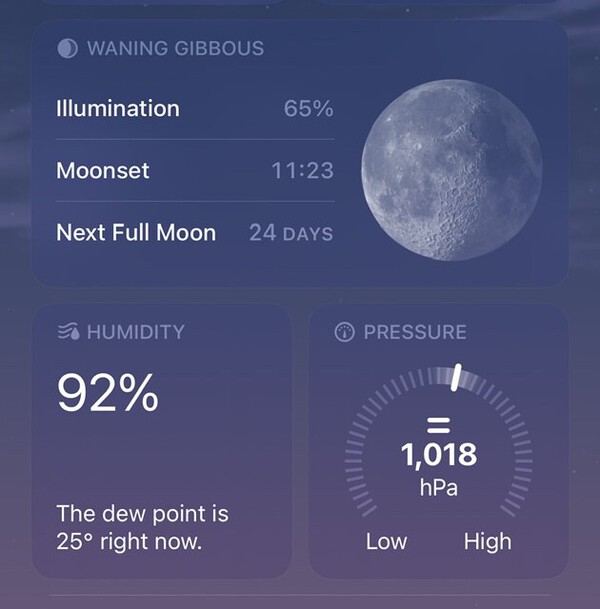-
Posts
12,149 -
Joined
-
Last visited
-
Days Won
184
Content Type
Profiles
Forums
Events
Store
Downloads
Gallery
Everything posted by Bugyotsuji
-
-
We coud start a movement called ノーモア指紋!!! No More Shimon!!! (fingerprints)
-
Sadly though, although most combatants still carried swords in the Bakumatsu, battles were decided by succeeding evolutions of the gun, which was by then the principal weapon.
-
貞行 Sadayuki
-
Regardless of the paperwork, it’s a great object to have, especially with the inscriptions, and the historical background is probably right.
-
Excellent detective work, Moriyama San! It’s best to double-check everything. But, as Gilles says above, the writing is beautifully done, like an ancient wizard’s manuscript!
-
https://en.tabi-samu...com/story/event/539/ See under Shōnai, Tokugawa supporters. Made for protection in the Boshin War?
-
Re 招く maneku When I said ‘called’ above, I meant ‘invited’.
-

kanenobu? or kanetsugu? or maybe even kanemichi
Bugyotsuji replied to Cuirassier's topic in Translation Assistance
Yes, what that man said! I struggled with that character, but Moriyama San has opened my eyes! Wonderful. -

Help identify these recent finds. Anything helps.
Bugyotsuji replied to Reefishere's topic in Nihonto
Consider cropping out 2/3 of the unnecessary stuff from your shots. Where are you storing them? If uploading from a phone camera, you will be given a choice of size, so go one less than maximum. -
Note that the armourer is Myochin Muneyoshi, but the designs and writings (inscriptions) are by Kawamura Yoshikatsu.
-
It seems to call the hitai-ate, 夏用 'iron armour for summer'. The 27th Lord of the Shonai domain, retainers to Tokugawa Ieyasu, Sakai ... Tadatsugu Ko, called the armor maker Myochin Muneyoshi from Edo ...and had this made.(?) The various invocations on the front are written and signed by Kawamura Yoshikatsu, plus Kao. These inscription readings are also noted on the pieces of paperwork, and the whole thing is rounded off with 南無阿弥陀仏 Namu Amida Butsu, 他二枚 'plus two other sheets'.
-
Definitely military rather than for duck hunting. Some kind of (captured?) muzzle-loading percussion wall-gun, …and they are dressed for northern climes, somewhere like Siberia.
-
Yes, the paperwork is correct. Nice. Jan Pettersson has an almost identical one from Shōnai with those same inscriptions!
-
“Currently unavailable”
-
Easier to see like that. The Mon on the dō looks like Hanabishi 花菱 but the central petals are slightly pointed at their extremities.
-
We would need to see close shots of the fitment at the back, but overall I like the exaggerated composition/impression.
-
When you say, "Are they close?", are you asking about your thoughts and comments. If so, yes they are. Although not high quality, and the condition is 'well-used', there is much to study and enjoy in this set of kashi-gusoku, perhaps for a lower-ranked bushi or ashigaru. The kabuto and kote for example are decent, although the menpo looks to be from a set of Kaga armour. Not sure if the yoroi-bitsu is a later addition? As to price, perhaps a little on the high side, but you do get a bit of everything, and considering the original cost of shipping etc., maybe not too steep. It depends what you collect, but for anyone looking for a set of ashigaru armor, why not? PS "Are they close in their description?" is what you mean, I guess.
-
"On the shaft of these" you say, but the tops and bottoms are cut off, so we cannot see from those photos what 'these' are. If they are wooden spears, why would there be a single character saying 'metal' (or 'gold')?
-
Are you asking if that is Chinese or Japanese? Chinese characters were used throughout the Far East, including in Korea and Japan. It is hard to say in this case whether the writing style is one of the other, taken out of context like this. The context might help us decide.
-

Nishigaki Kanshiro Paulownia? Hakogaki Translation?
Bugyotsuji replied to Iaido dude's topic in Tosogu
Kanzan is Satō Kanzan. (Kanzan 極 kiwame = in the judgement of Kanzan) -

Nishigaki Kanshiro Paulownia? Hakogaki Translation?
Bugyotsuji replied to Iaido dude's topic in Tosogu
Mumei Kanshiro. Early summer, Showa 56(?) Kanzan. Tetsu-ji. Everything is roughly as you describe, but it says 'Nage-Kiri Sukashi Tsuba' which means... a 'thrown paulownia' what ever that is! (Thrown, slapped in higgledy piggledy, like clay?), a favored technique of the Hayashi school. (PS Can't yet make out the top right wording inside the lid.) -
Perhaps Henri is thinking of Marutake Sangyo in Kyushu. From those photos it looks as though it has been rebuilt for some reason as some 'byo' rivet positions have changed. As to cleaning, my gut feeling is that the remnants of the metallic decoration would be removed, so yes indeed, a very soft brush, or perhaps there is some magic liquid that it could be gently dipped into???
-

Recently acquired Tanegashima
Bugyotsuji replied to Marplot's topic in Tanegashima / Teppo / Hinawajū
Pop out the pins. Remove the ramrod, and cock the match serpentine. Tap/pull the barrel away from the grip of the stock and when loose, lift out. Take photos of the bisen breech screw and the inside of the pan, with cover/lid open. Also. Please take an up-down photo of the Mei under the barrel Marplot, while pointing the barrel away from you.






